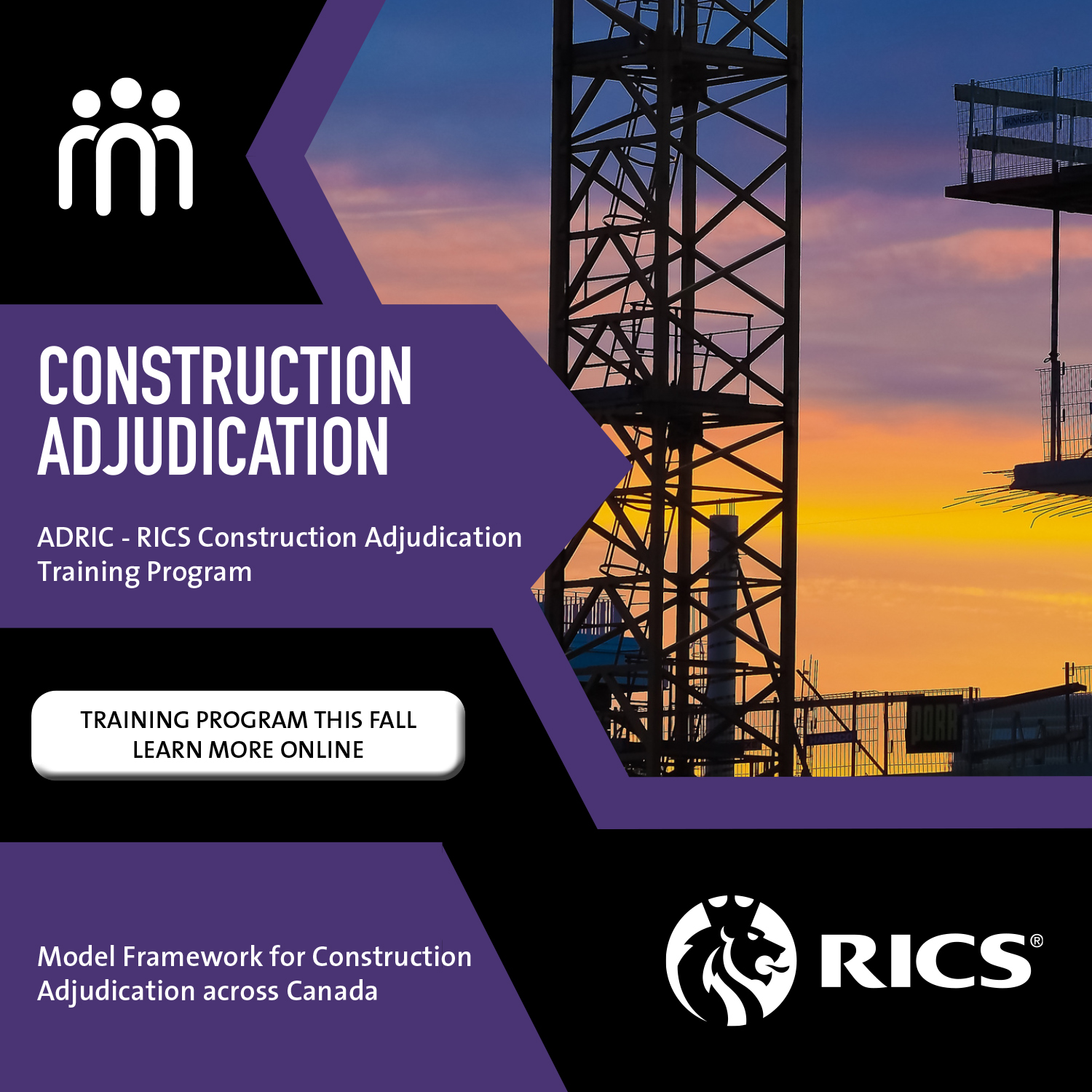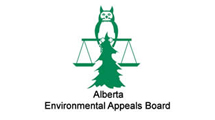Please join us for the Northwestern University Law + Computation Academic Symposium on Friday, February 5 from 9:00 a.m. to 2:00 p.m. CST (Chicago time), co-organized by the Northwestern Law and Technology Initiative and the Northwestern Journal of Technology and Intellectual Property. I’ve included a description and agenda below. Registration is required.
We are also holding a Research Workshop on Saturday, February 6. There is a separate registration process for the Research Workshop. Please indicate your interest in the Research Workshop when you register for the Academic Symposium.
For additional details and registration information, visit: https://jtipsymposiumnorthwestern.com/
Academic Symposium:
Law + Computation: An Algorithm for the Rule of Law and Justice?
Co-organized by the Northwestern Law and Technology Initiative and the Northwestern Journal of Technology and Intellectual Property
Symposium Description
Computation is poised to transform legal services, legal systems, and the law itself. Making the most of innovation and technology, and understanding the benefits and risks, requires deep collaboration between computer scientists and legal professionals (lawyers, academics, etc.). This interdisciplinary symposium brings together researchers working at the intersection of law and computation to explore the effects of computation on law.
Each panel will discuss three themes: (1) technological capabilities today and in the future, (2) the impact on the rule of law and justice, including the risks and benefits of technology, and (3) the research and guidance required to chart a path to increased prosperity and justice in society with computation for legal services, legal systems, and the law.
Conference Agenda and Format
Panel format: 70 minutes each. Two panel chairs (one CS, one Law) to moderate and four panelists for each panel. The panel chairs open with a 3-5 minute intro of the topic and brief introduction of each panelist. Each panelist gives a 6-8-minute presentation (first 30-35 minutes of panel). During the discussion portion, one panel chair takes the lead, bringing in the second panel chair when appropriate, to ask follow-up questions, encourage discussion among panelists, and choose questions submitted by the audience (25 minutes). Each panelist gets one minute to share closing thoughts (final 5 minutes).
Friday, February 5 – 9:00 a.m. to 2:00 p.m. Central Standard Time (Chicago time)
9:00 – 9:15 Welcome:
• Daniel W. Linna Jr., Law & Engineering Professor, Northwestern University
• Julio M. Ottino, Dean, McCormick School of Engineering and Applied Science, Northwestern University
• David L. Schwartz, Law Professor and Associate Dean of Research and Intellectual Life, Northwestern University
9:15 – 9:35 Keynote:
• Michigan Supreme Court Chief Justice Bridget Mary McCormack
9:35 – 9:50 Q&A
Transition to Panel 1
9:50 – 11:00 Panel 1: Computation and Legal Services (DRAFT)
Computation is being used to automate and augment legal services. Legal aid organizations, courts, law firms, legal departments, startups, and others have developed self-help tools for consumers and businesses. Some tools are used by legal-services delivery organizations to augment or automate legal tasks. Discussion topics: (1) What are the current and likely future capabilities of computation in this space? (2) How will computation in this space impact the rule of law and justice? What are the risks and benefits? (3) What research and guidance is required to chart a path to increased prosperity and justice in society with Law + Computation in this space?
Panel chairs and moderators:
• Jason Hartline, CS Professor, Northwestern University
• Daniel W. Linna Jr., Law & Engineering Professor, Northwestern University
Panelists:
• Kevin Ashley, Law Professor, CS Adjunct Professor, faculty member of Graduate Program in Intelligent Systems of the University of Pittsburgh
o Opportunities and Challenges of Legal Text Analytics
o Legal text analytics are computational techniques that apply natural language processing (NLP), machine learning (ML), and other methods to automatically extract meanings or semantics from text archives of legal case decisions, contracts, or statutes. By identifying argument-related and other semantic information in legal case texts, new applications can improve legal information retrieval and ML’s ability to explain its predictions by helping to match document structure, concepts, and argument roles with aspects of the problems users seek to address. The tools are subject to significant limitations, however — for instance, they cannot read legal texts in the sense that human lawyers can — and present certain reliance risks.
• Aloni Cohen, Postdoctoral Associate, Hariri Institute for Computing at Boston University and the Boston University School of Law
• Maura Grossman, CS Research Professor, University of Waterloo
o Evaluation of Legal Technology for eDiscovery: Lessons Learned and Paths Forward
o In 2006 through 2011 and in 2015 through 2016, the National Institute of Standards and Technology’s Text Retrieval Conference (“TREC”) ran the Legal Track and the Total Recall Track, respectively, which were large-scale efforts to evaluate search and review methodologies used in eDiscovery. What did we learn from that effort? What are the challenges in evaluating legal technology? What are potential paths forward?
• Sarah Lawsky, Law Professor, Northwestern Pritzker School of Law
11:00 – 11:10 Break
11:10 – 12:20 Panel 2: Computation and Legal Systems (DRAFT)
Judicial and administrative systems at all levels of government increasingly rely on computation. Civil courts use tools and data to manage cases and have deployed online dispute resolution systems. Criminal courts use data and algorithms for risk assessment and other high-impact decisions. Administrative agencies use data and computation for rulemaking, enforcement of rules, and adjudication of benefits decisions and rights. Discussion topics: (1) What are the current and likely future capabilities of computation in this space? (2) How will computation in this space impact the rule of law and justice? What are the risks and benefits? (3) What research and guidance is required to chart a path to increased prosperity and justice in society with Law + Computation in this space?
Panel chairs and moderators:
• Amparo Grau, Law Professor, Northwestern University
• Kris Hammond, CS Professor, Northwestern University
Panelists:
• David Engstrom, Law Professor, Stanford Law School
• Sorelle Friedler, CS Professor, Haverford College
• Laura Pedraza-Fariña, Law Professor, Northwestern Pritzker School of Law
• John Villasenor, Electrical & Computer Engineering, Public Policy, Management, and Law Professor, UCLA
• Algorithms and the Justice System: Risks and Opportunities
• The use of algorithms in the judicial system offers the potential to improve consistency and to identify and reduce bias. However, algorithms can also be a source of bias, and their application in areas such as criminal risk assessment raises important due process concerns. This presentation is designed to spur discussion regarding approaches that can maximize the benefits, while minimizing the risks, of the increased adoption of algorithms in the judicial system.
12:20 – 12:30 Break
12:30 – 1:40 Panel 3: Computation and Law and Regulation (DRAFT)
Computation is changing the design, development, and deployment of the law. Statutes, regulations, and contractual provisions, can be encoded and embedded into products, platforms, and systems. Laws written as algorithms could dynamically adapt to changing circumstances, leading to personalized law and changing the rules versus standards debate. Computation could improve public access to law and the public’s understanding of rights and responsibilities. Realtime feedback could improve law-making processes. Discussion topics: (1) What are the current and likely future capabilities of computation in this space? (2) How will computation in this space impact the rule of law and justice? What are the risks and benefits? (3) What research and guidance is required to chart a path to increased prosperity and justice in society with Law + Computation in this space?
Panel chairs and moderators:
• Samir Khuller, CS Professor & Chair, Northwestern University
• Daniel B. Rodriguez, Law Professor, Northwestern Pritzker School of Law
Panelists:
• Paul Gowder, Law Professor, Northwestern Pritzker School of Law
• technology as law; law as technology: the coming interdisciplinary synthesis
• I intend to step back to a higher level of abstraction and characterize the ongoing interdisciplinary developments identifying that the things called “law” and the things called “technology” (a) are deeply and increasingly intertwined, and (b) can be studied with the tools from either discipline, as they bear the important shared feature of serving as tools for behavioral innovation and control. Some possible implications of this for the enterprise of saying intelligent things about the joining of law and computation in particular may, time permitting, be sketched.
• Mireille Hildebrandt, Research Professor on “Interfacing Law and Technology,” Vrije Universiteit Brussels (VUB)
• ‘Legal by design’ or ‘legal protection by design’
• In my brief intervention I will explain why ‘legal by design’ is an oxymoron, whereas ‘legal protection by design’ is what should save legality and the rule of law from legalism and rule by code. I will argue that we cannot assume that innovation by way of computational regulation is either inevitable (against technological determinism) or necessarily the right way forward (against technological solutionism). All legal innovation should be preceded by three interrelated questions: (1) what and whose problem(s) does a proposed solution solve? (2) what and whose problem(s) does it not solve? and (3) what problems does it create (for whom)? This requires a mindset beyond efficiency, instead focusing on what the European Court of Human Rights calls ‘practical and effective’ legal protection, aimed at preventing that code-driven ‘law’ freezes the future by scaling the past.
• John McGinnis, Law Professor, Northwestern Pritzker School of Law
• Why Supercomputing should be Subsidized, not Regulated
• The talk considers the costs and benefits of supercomputing to better assess the appropriate government policy toward this accelerating technology. The principal potential cost is the potential existential danger of a runaway artificial intelligence (AI) that may harm humanity through malevolence or indifference. But such general AI is a long way off. Moreover, domestic regulation in the area will just push off work to foreign jurisdictions that may to unfriendly to our national security. On the other hand, supercomputing helps ward off more imminent existential crises, from pandemics to asteroids. For example, supercomputing has been essential to addressing the coronavirus pandemic, from finding new therapies and potential vaccines to projecting the virus’ spread in places around the United States and the world. On balance, supercomputing provides positive externalities for society, and its development should be subsidized by governments and non-profits.
• Jamie Morgenstern, CS Professor, U. of Washington
1:40 – 2:00 Virtual Networking and Discussions
(extended to 3:00 for those who wish to stay)
Saturday, February 6 – 9:00 a.m. to 12:00 p.m. Central Standard Time (Chicago time)
9:00 – 12:00 Workshop Paper Presenters (more anticipated) and Demo Presenters include:
• Article Submission:
• Paul Gowder, Law Professor, Northwestern Pritzker School of Law
• Daniel B. Rodriguez, Law Professor, Northwestern Pritzker School of Law
• Article Submission: “Fiscal transformations due to AI and robotization: where do recent changes in tax administrations, procedures and legal systems lead us?”
• Amparo Grau, Law Professor, Northwestern University
• Abstract
• This article starts with a description of current transformations experienced by tax administrations worldwide -as shown in several reports published by international organizations. This phenomenon is analyzed in order to assess its impact on subsequent changes that are being proposed to traditional tax rules.
The legislative status quo is often dependent on practicality when carrying out certain administrative tasks. Nowadays, increased technological capabilities have proved to be a condition to review procedural and substantial regulation in almost every country. Moreover, in the coming years, the connectivity between information systems between the public and private sector will have a decisive influence on the evolution of tax Law.
This contribution searches for common guidelines that can be taken into consideration by computation experts to efficiently protect justice and the rule of Law in taxation in the middle of these ongoing processes. The author suggests a subject centered analysis, with the purpose to take advantage of the expected benefits, while minimizing risks.
The human-centered approach to AI and robotization requires considering the “multi-faceted” nature of humans. We may simultaneously be users, workers, taxpayers, clients, etc. This calls for the need of an integral assistance, also with technological means, as they are affecting us in different spheres. The sectoral restricted views may impede true digital rights. Some general Charters to state these ‘updated’ rights are now being developed under the constitutional and international legal framework. However, they should be somehow generally embedded in technology to assure justice when exerting tax sovereignty in front of individual or collective entities. To that end, maybe experts in computation could adopt codes of conduct.
Many tax administrations are already rendering services through electronic means, such as chatbots. Its actual implementation in turn serves to capture relevant data about the (legal) persons subject to different types of tax obligations. At a later stage, this information is sometimes used to prepare more detailed administrative guidance in real life, or even design future normative reforms.
In the strategy towards ‘compliance by design’, apart from particular human-machine interactions; other degrees of relation will probably have to be considered, like human-machine-machine-human interactions. It is worth noting that automatization may partially connect datasets that were separated in the past (e.g. immediate access to accounting) and this would entail important changes in the regulation of tax procedures, while balancing the protection of taxpayers’ safeguards.
• Article Submission: “Using AI to Summarize Contracts: Terms and Conditions as an Example”
• Daniel W. Linna Jr., Law & Engineering Professor, Northwestern University
• Jiaming Song, CS PhD Student, Stanford
• Yi Wu, CS Professor, Tsinghua University
• Chenchen Zhang, Northwestern Law Student
• Article Submission: “The Legislative Recipe: Syntax for Machine-Readable Legislation”
• Megan Ma, Lecturer in Law and Law PhD Student, Sciences Po, France
• Abstract:
• Scholars have frequently lamented about ambiguity in legal drafting, specifically owed to syntactic uncertainties. The ancestry dates back to twelfth century logicians reflecting on the use mathematically precise forms of writing. In the mid-1930s, German philosopher, Rudolf Carnap, reflected on a logical syntax for language. His argument is that logic may be revealed through the syntactic structure of sentences. He suggests that the imperfections of natural language point instead to an artificially constructed symbolic language to enable increased precision. Simply put, it is treating language as a calculus.
Machine-readability appears to bridge the desire for precision with the inherent logic and ruleness of specific aspects of the law. In other words, a potential recipe to resolve the complexity of legalese. The prospect of machine-readable legislation is both terrifying and thrilling. This renewed popularity is owed to the Rules as Code initiative. The fervor around Rules as Code was accelerated by the recent OECD Observatory of Public Sector Innovation Report titled, “Cracking the Code: Rulemaking for Humans and Machines.” While the report succeeded in providing a comprehensive overview of machine-consumable legislation, there remains a gap around implementation and the form machine-readable legislation should take.
One question remains fundamentally unanswered: what should be the role of machine-readable legislation? The paper, therefore, attempts to move beyond existing literature to discuss the implications of various approaches to machine-readable legislation. The paper will focus on logic syntax and symbolic language to assess the capacity and limits of representing legal knowledge. In doing so, it will highlight the challenges encountered in this burgeoning ecosystem of machine-readability.
• Blog Post: “AI and Patent Offices: Challenges and Opportunities”
• Enrico Bonadio, City, University of London
• Luke McDonagh, London School of Economics
• Abstract:
• We consider how patent offices such as the EPO and USPTO could use AI to conduct prior art searches when assessing the novelty and non-obviousness requirements. AI provides an opportunity for patent offices to streamline patent examinations, but it could also pose a threat, eg in terms of expansion of the prior art to be consulted by patent examiners. AI can be used to create huge quantities of prior art which potentially could destroy the novelty of inventions under examination. We weigh up these factors in the context of fairness and justice in the governance of patent systems.
• Catala: Moving Towards the Future of Legal Expert Systems (demo)
• Liane Huttner, Law PhD student, University of Paris I: Panthéon-Sorbonne
• Denis Merigoux, CS PhD Student, Inria, Paris, France
• Sneak Preview: L4, (yet another) domain-specific-language for laws and contracts (demo)
• Meng Weng Wong, Singapore Management University
• Abstract:
• Meng Weng Wong joins us from the Singapore Management University’s Centre for Computational Law to share a sneak peek at L4, a formal language currently being designed to express the semantics of laws and contracts. The language builds on a research tradition in symbolic AI that tends more to programming language theory and formal methods than neural-net machine learning. Unlike previous contract languages, L4 is intended for an audience of software developers first, and theoreticians, lawyers, and blockchainers second. (The current syntax is inspired by the database language SQL.) If the research successfully escapes academia, it will provide a platform and protocol for a new generation of LegalTech products and services. The programme is less than a year old, and is actively recruiting research engineers from Master’s to post-docs.
Moderators and Respondents include:
• Amparo Grau, Law Professor, Northwestern University
• Kris Hammond, CS Professor, Northwestern University
• Jason Hartline, CS Professor, Northwestern University
• Samir Khuller, CS Professor & Chair, Northwestern University
• Daniel W. Linna Jr., Law & Engineering Professor, Northwestern University
• Daniel B. Rodriguez, Law Professor, Northwestern Pritzker School of Law
• Xiao Wang, CS Professor, Northwestern University
12:00 – 1:00 Virtual Networking and Discussions (Optional for those who wish to stay)












